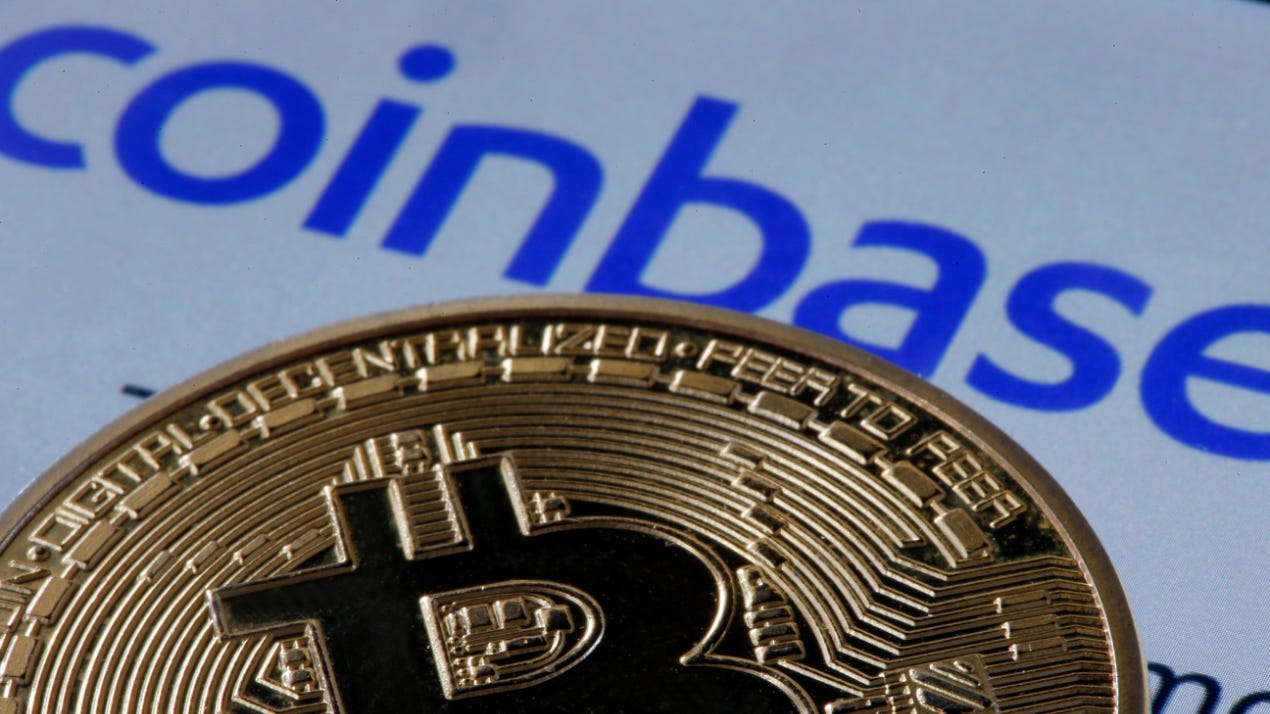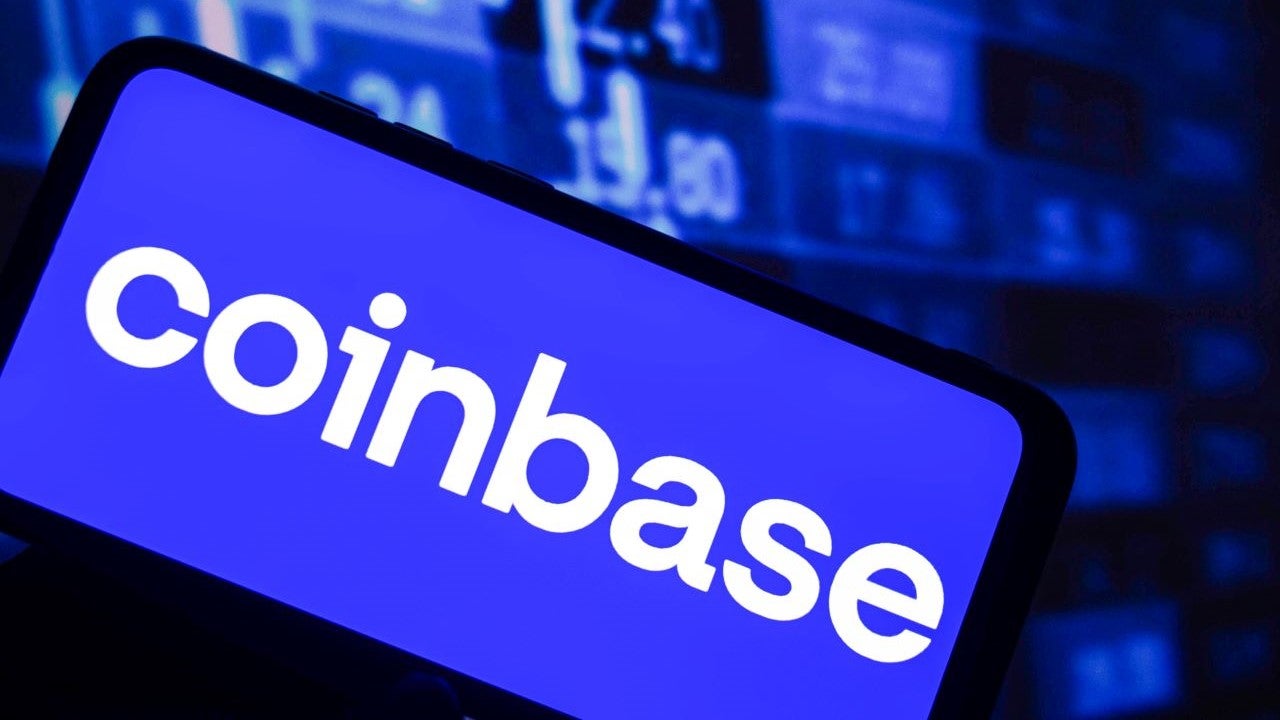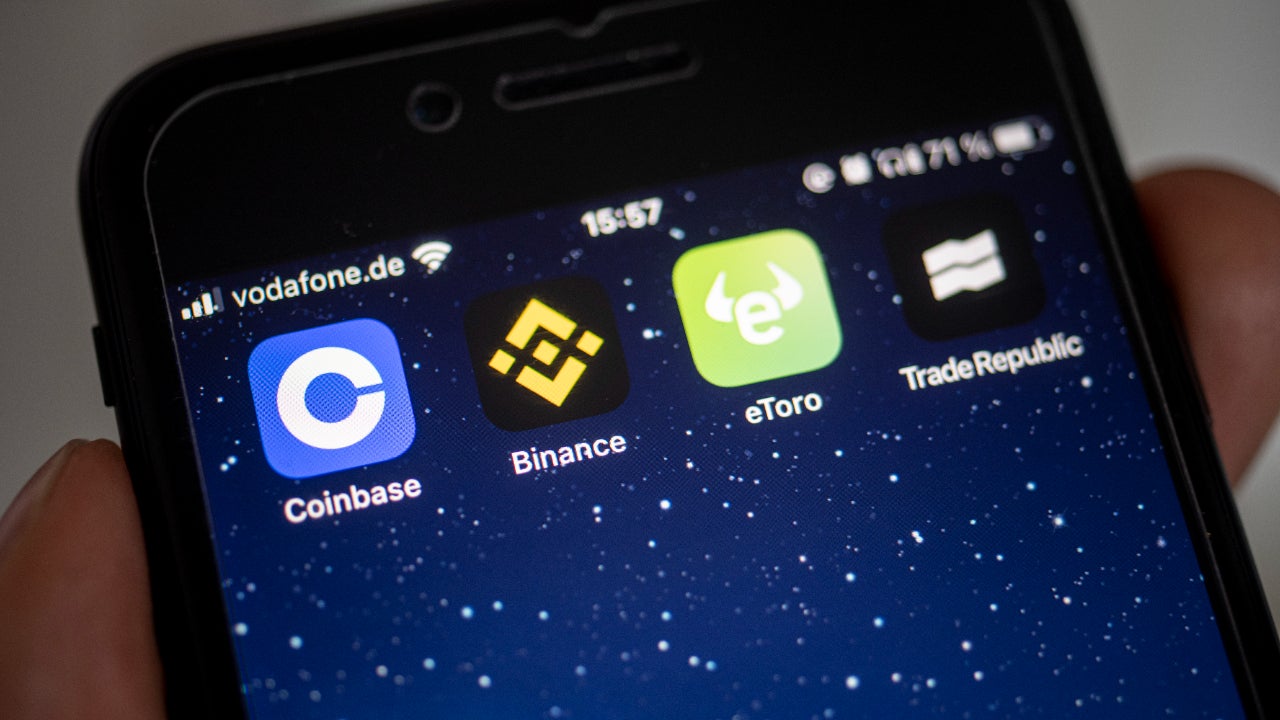Coinbase IPO: 4 unusual risks in using a direct listing to go public

Coinbase began publicly trading on the Nasdaq stock exchange Wednesday, surging past its initial reference price and opening above $380 per share. It’s the first company specializing in cryptocurrencies to hit the market, cashing in on the rising interest in digital currencies such as Bitcoin and Ethereum. This hot IPO may soon usher in a tide of other crypto-related companies making a play for investor dollars.
But there’s a twist: Coinbase (ticker symbol: COIN) bypassed the usual method of going public – an initial public offering (IPO) – in favor of a direct listing. And this difference poses some different risks to investors from the typical IPO route through an investment bank.
Here’s what you need to know about direct listings and why they offer some unusual risks.
Direct listing vs. IPO: Here are the key differences
To debut on the Nasdaq stock exchange, Coinbase is using a direct listing, and that process differs from the more traditional IPO route.
- In an IPO, a company hires an investment bank to manage the process, offer advice and ultimately sell stock to the public. In this kind of process the company raises capital for itself by selling newly issued stock to the public, and some insiders may cash out some of their stock as well. So the company gets both a fresh influx of capital and an opportunity for certain insiders to take some money off the table.
- In a direct listing, it’s the company’s insiders or shareholders – not the company itself – who sell stock through the exchange directly to the public. So when the stock debuts, public investors are buying directly from insiders. That’s what Coinbase is doing. It’s not raising money for itself by selling new shares; only insiders are initially selling the stock.
Direct listings are rare. Usually the maneuver is reserved for smaller, under-the-radar firms, but it’s been more high-profile in recent years as a few well-regarded companies have gone public this way. Office messaging app Slack, music streamer Spotify, data-mining firm Palantir Technologies and productivity app Asana all used this method in the last few years.
A company may benefit by going public with a direct listing, avoiding Wall Street’s hefty deal fees and not diluting its own stock’s value by issuing more of it. So if the company doesn’t need more cash to run its business, then it may make little sense to pay for it.
But a direct listing also exposes investors to some unusual risks that they wouldn’t typically have to face with the traditional IPO route. Here are four key risks to consider with the Coinbase direct listing:
1. The market may be thin or non-existent
In a traditional IPO, Wall Street investment banks round up buyers and hype a stock to attract interest, both in the deal itself and in the aftermarket where it can be bought by the general public. Investors know how many shares are slated to be sold, and even if they’re not among the privileged few to buy in the IPO, they can buy publicly along with anyone else who wants to.
However, in a direct listing, the number of shares to be floated on the market depends on whether insiders want to sell and how much. Supply could be much lower than demand or much higher, though given investors’ furor over Coinbase, it’s hard to imagine supply outstripping demand. New shares of stock will enter the market as insiders want to sell.
That all means that there’s no guaranteed market for the new stock, making it potentially difficult to access, at least for a while and also at a price that you would want to pay.
2. Volatility
With relatively few shares traded on the exchange, the price of Coinbase stock could fluctuate significantly, especially initially.
In a traditional IPO, the underwriters support the stock price in a few ways. They market the stock to institutional investors and build interest. They set an IPO price, creating a psychological “fair value” and trading range for the stock. In addition, they typically support the stock through some technical means, helping the stock stay above the IPO price, at least in the short term.
But because a direct listing bypasses the investment banks, it doesn’t enjoy the same benefits. And it may have relatively few shares trading, compared to strong demand, meaning the stock may fluctuate significantly in its early days. So investors trading in a thin market may wildly swing the price up and down as the market rushes to stake a position or sell one.
These technical factors could end up driving the stock price more than Coinbase’s business performance. High levels of volatility can scare investors into selling – or buying – just when they shouldn’t.
3. Dual-class shares are not popular
Coinbase will go public with a dual-class share structure, meaning that it has two classes of stock. This structure gives some insiders, often officers, extra voting control. For example, insiders may get 10 votes per share, while normal shares receive one vote per share.
For Coinbase, insiders hold more than 60 percent of voting control, meaning they’ll hold enough power to direct the company and manage other important issues, such as how they’re paid.
A dual-class share structure is not popular with outside investors because the structure means they have less say in how the company is run. Instead, the structure makes it easier for insiders to entrench themselves and run the company as they see fit.
While this issue is distinct from the risks of a direct listing, a small direct listing might attract investors who are less sensitive to this dual-class structure than institutional investors. Still, some highly successful companies, such as Alphabet, have established similar structures.
4. Insiders — and only insiders — are selling out
In most market debuts, whether they’re traditional IPOs or direct listings, insiders are selling stock to outsiders. Why does that insider – who presumably knows the company best – want to cut an outsider in on the action? Investors always want to be asking themselves this question.
In a direct listing such as Coinbase, the company itself is not raising cash, so only insiders are looking to cash out. Insiders might sell for any number of reasons, such as having most of their assets tied up in one investment, creating a lot of risk for them personally. But the reasons may also be less benign, and insiders may want to sell out permanently and put the risk on outsiders.
In a traditional IPO, investors have some protections against such insider self-dealing. The conditions of the IPO often restrict insiders from selling further shares in the public market until some period of time after the IPO (“a lock-up”), giving investors time to evaluate the company.
However, restrictions are typically lower in a direct listing, and in the case of Coinbase, none of its stockholders is under a lock-up, so they could sell and release all their shares onto the market.
So these elements all together – insider selling, the ability to sell stock with no restrictions, a dual-share structure that privileges insiders and – create an unattractive perception. So there’s a setup that looks like insiders could be taking advantage of outsider investors. But that’s a question of optics, and this trifecta does not look pretty.
Bottom line
While certain risks involved in a direct listing may make Coinbase look initially unattractive to some, it could go on to be a great investment. But investors need to consider the risks, including going public via this oddball-style IPO, and what they may indicate.
All that said, other recent trendy direct listings including Slack and Palantir have come off without any significant issues, so a direct listing can work.
Of course, the direct listing is but one risk, and investors need to examine the many other risks associated with Coinbase, as they would for any investment. Coinbase may become a great investment, as cryptocurrency such as Bitcoin increases in popularity. Either way, investors will want to understand the business, how to invest smartly and how to diversify before plunging in.
Learn more:
- Best online brokers for buying and selling cryptocurrency
- NFTs, explained: What are these hot digital collectibles bringing in millions?
- Best online stock brokers for beginners
Editorial Disclaimer: All investors are advised to conduct their own independent research into investment strategies before making an investment decision. In addition, investors are advised that past investment product performance is no guarantee of future price appreciation.
Why we ask for feedback Your feedback helps us improve our content and services. It takes less than a minute to complete.
Your responses are anonymous and will only be used for improving our website.
You may also like


How to buy and sell Bitcoin ETF options

What is Coinbase and how does it work?



